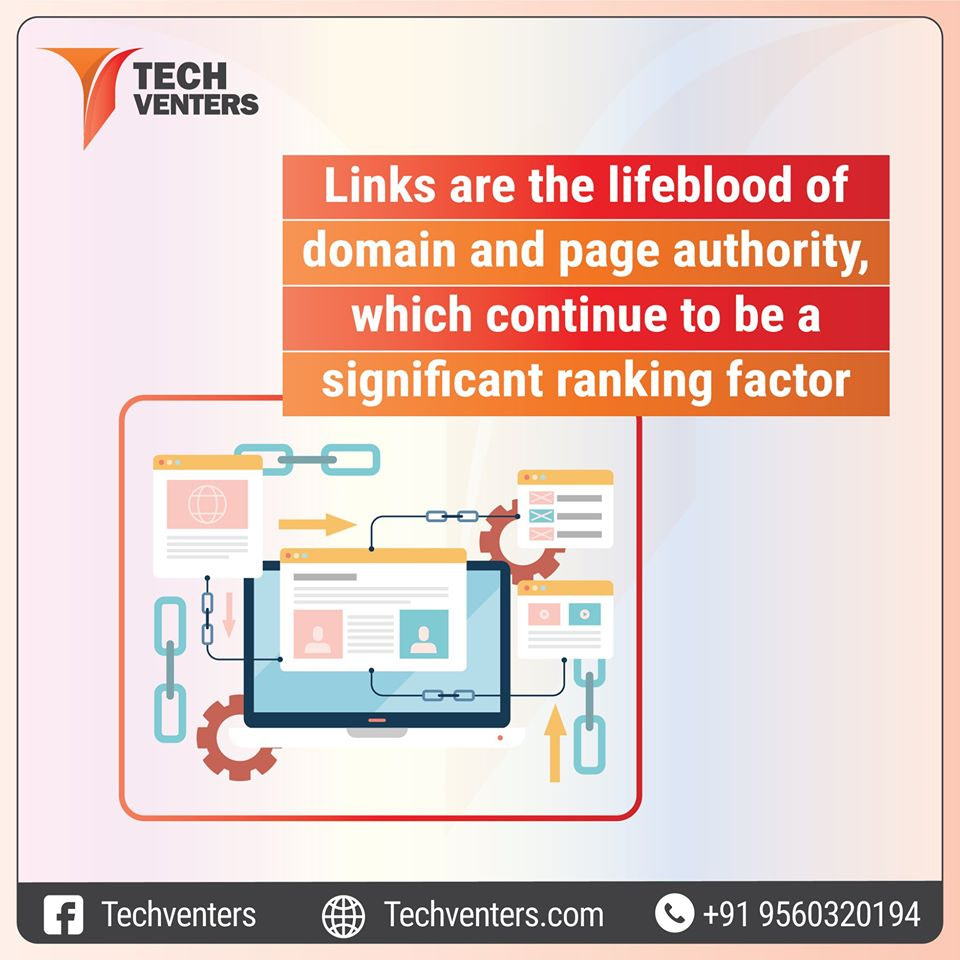상 담 문 의
1666-9526
010-5398-7786
오전 7:00 - 오후 8:00 연중무휴
예금주 : 왕재성
 Because of the many alternative conditions met, an worker answerable for performing tax assessments on behalf of a municipality should gather many info before being able to assert with an excellent degree of confidence that a distinction between the unique quantity and what has been paid shouldn't be justified and an recommendation needs to be sent to the taxpayer starting a protracted and costly process to get well the distinction. Tax assessments are primarily based on the comparison of what is due by a citizen in a year for her ownership of actual estates in the realm administered by a municipality and what has been paid. In response, the automotive suggests she cease at her favorite close by coffee store for a Flat White until the roads are clear. The state of affairs above requires access to multiple types of observation, spatial, and temporal information which may be local to the car or out there on the web.
Because of the many alternative conditions met, an worker answerable for performing tax assessments on behalf of a municipality should gather many info before being able to assert with an excellent degree of confidence that a distinction between the unique quantity and what has been paid shouldn't be justified and an recommendation needs to be sent to the taxpayer starting a protracted and costly process to get well the distinction. Tax assessments are primarily based on the comparison of what is due by a citizen in a year for her ownership of actual estates in the realm administered by a municipality and what has been paid. In response, the automotive suggests she cease at her favorite close by coffee store for a Flat White until the roads are clear. The state of affairs above requires access to multiple types of observation, spatial, and temporal information which may be local to the car or out there on the web.

The tax quantity is regulated by legal guidelines and based on many standards like the scale of the actual property, the realm during which it's positioned, its type: home, workplace, farm, manufacturing unit and others. For a driver, the selection of its parking spot is a multi-standards choice course of that takes into consideration static data given by the outline of the infrastructure (whether the spot is personal or public, reserved for disabled, and many others.), dynamic information given by sensors (like site visitors) and personal data (vacation spot, budget). They're in essence static HTML recordsdata, so they have a fast TTFB, they need not process PHP (less CPU utilization), so that they can also handle more concurrent guests (at the identical time). There may be a necessity for a temporal mannequin that covers historical data for statistical evaluation, quick time period timestamped sensed knowledge, and knowledge about future predictions. The addition of wireless communications affords a robust and transformative opportunity to ascertain transportation connectivity that additional allows cooperative programs and dynamic knowledge trade using a broad vary of advanced techniques and applied sciences.
For such methods to work effectively in a pervasive approach, additionally it is necessary that the system can easily discover relevant datasets/providers primarily based on the consumer current location. To change language, the person clicks a link at the Top SEO company of the web page (positioned at the top, in actuality, it's at the bottom of the HTML structure). When will water firm groundwater sources begin to change off? All of these data sources rely considerably on spatio-temporal data. 5. A problem exists in maximizing the interoperability of geographic and/or spatial data both above and under floor degree. This also applies to cadastral and different information on the state/territory degree which may present the change in land parcel, growth or different property and built setting options over time. These information could possibly be related to the current or anticipated network site visitors (the congestion stage), the network topology (variety of traces on the routes, presence of visitors lights, and so forth.), the presence of anticipated events (which will be static, like work on the street, or dynamic like demonstrations), the weather state (the presence of rain or mist on a part of the itinerary), and so forth.